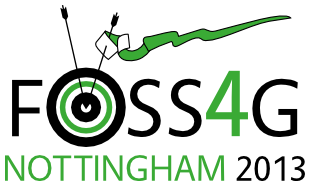Presentation
Why Open Source GIS Is A Viable Option For The Korean National GIS Program
Sanghee Shin (Gaia3D, Inc.) with Byungnam Choe (Korean Research Institute of Human Settlements)
12:00 on Friday 20th September (in Session 30, starting at 11:30 a.m., EMCC: Room 3)
Show in Timetable
January 2013, Ministry of Land and Transportation, Korea, announced new mid-long term Korean National GIS R&D plan composed of 16 major action items. Surprisingly Korean government included ‘Development of Open Source GIS’ within 16 major action items. According to this tentative R&D plan Korean government will invest around US$ 15 Million in ‘Development of Open Source GIS’ for next 7 years, this open source GIS development plan should go through feasibility study and get final budget approval though. This announcement was widely accepted as a positive sign of policy change toward open source GIS in Korean government, since Korean government has usually given much preferences to Korean local GIS technology against so-called foreign GIS technology(e.g. ESRI, Intergraph, ERDAS..) and open source GIS. This presentation will mainly talk about the rationale why Korean government changed its policy toward open source GIS by reviewing the results of past Korean NGIS(National GIS) R&D program. And a research report, ‘Strategies on Building the Platform for GeoSpatial Information Technology Development: Based on Open Source Thinking’ by KRIHS(Korean Research Institute of Human Settlements), will be introduced largely, since this report had great impact on policy change of Korean government toward open source GIS. 3 main parts will be delivered through presentation. Those are as follows: First, current market situation and R&D model change will be discussed including closed innovation and open innovation. Rapid market change and paradigm shift of innovation model raised fundamental questions on Korean NGIS R&D structure. Second, past Koran NGIS R&D program, goals and strategies will be introduced. Korean government invested around US$ 200 Million from 1995 through to 2011. And the results, merits & demerits of this investment will be discussed. Third, proposed strategies to Korean government will be introduced, those are ‘Inside-Out strategy’, ‘Outside-In Strategy’ and ‘Select & Focus Strategy.’
